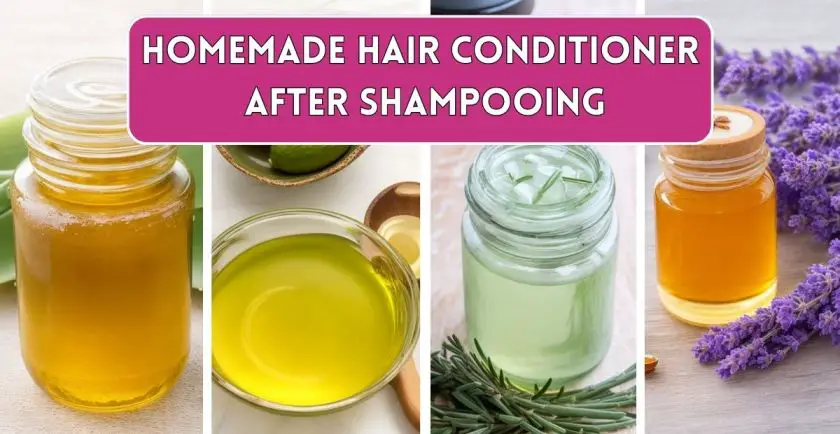Are you tired of dealing with dry, frizzy hair after shampooing? Look no further! Adding a homemade hair conditioner after shampooing can be a game-changer for your hair care routine. In this article, we are going to explore a few simple DIY recipes, examine the benefits of using homemade hair conditioners, and explain why they’re the best choice for your post-shampoo hair care needs.
Advantages of Homemade Hair Conditioners
- Natural Ingredients: One of the primary advantages of homemade hair conditioners is that they are made from all-natural ingredients. These ingredients are free from harmful chemicals, sulfates, and parabens, which can damage hair in the long run. Natural ingredients ensure that your hair receives gentle and nourishing care, promoting healthier and stronger locks.
- Customization Options: Homemade hair conditioners allow for easy customization based on individual hair types and specific needs. You can tailor the ingredients to address concerns such as dryness, frizz, or scalp issues. This personalized approach ensures that your hair receives precisely what it requires to thrive and look its best.
- Cost-Effectiveness: Creating homemade hair conditioners is cost-effective as it involves using readily available ingredients found in most kitchens or grocery stores. Compared to expensive commercial products, homemade alternatives are budget-friendly, making them accessible to a broader audience.
- Eco-Friendly: By using natural ingredients and avoiding chemical-laden products, homemade hair conditioners are more eco-friendly. Reducing the usage of harmful chemicals also contributes to a healthier environment and reduces plastic waste associated with conventional hair care products.
- Nutrient-Rich Formulas: Homemade hair conditioners are often packed with essential vitamins, proteins, and fatty acids, which promote hair health. Ingredients like coconut oil, aloe vera, and honey provide much-needed nutrients that nourish, moisturize, and strengthen the hair from root to tip.
- Reduced Sensitivity and Allergies: Commercial hair conditioners often contain synthetic fragrances and harsh chemicals that can cause skin sensitivity and allergies. Homemade conditioners, made from natural ingredients, are gentler on the scalp and less likely to trigger adverse reactions.
Essential Ingredients for Homemade Hair Conditioners
To create effective homemade hair conditioners, you’ll need a few key ingredients that work wonders for your hair. Base oils like coconut oil, olive oil, or argan oil are rich in nutrients that nourish and hydrate your locks. Nourishing ingredients such as aloe vera gel, honey, and avocado provide essential vitamins and proteins to strengthen your hair from root to tip. To top it all off, essential oils such as lavender, rosemary, and peppermint not only smell great but also encourage hair growth and scalp health.
DIY Homemade Hair Conditioner Recipes
Moisturizing Hair Conditioner for Dry Hair
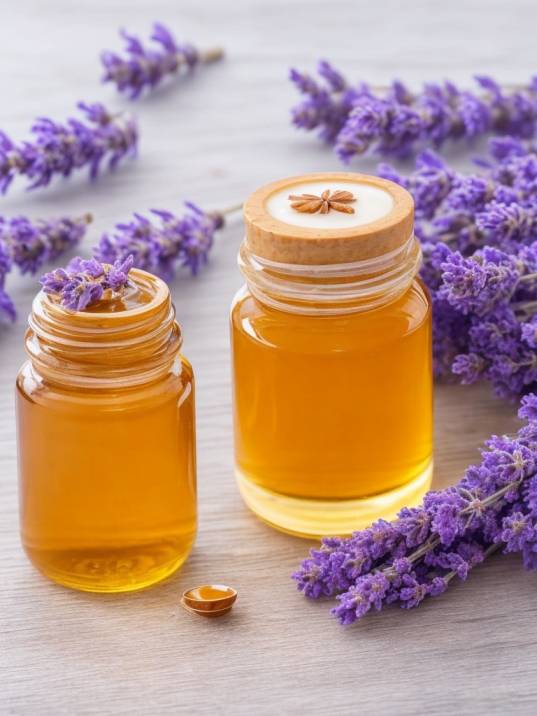
Say goodbye to dry, brittle hair with this moisturizing hair conditioner. Mix two tablespoons of coconut oil with one tablespoon of honey and a few drops of lavender essential oil. Apply the mixture generously to your damp hair after shampooing and leave it on for 15-20 minutes before rinsing thoroughly.
Strengthening Hair Conditioner for Damaged Hair
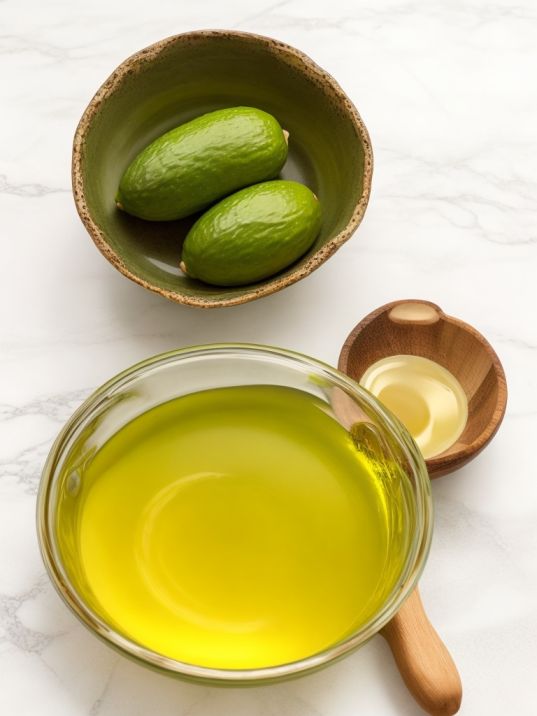
Reverse the damage caused by heat styling and chemical treatments with this strengthening hair conditioner. Combine one ripe avocado with two tablespoons of olive oil and a teaspoon of argan oil. Apply the blend to your hair, focusing on the ends, and let it sit for 30 minutes before rinsing off.
Volumizing Hair Conditioner for Fine Hair
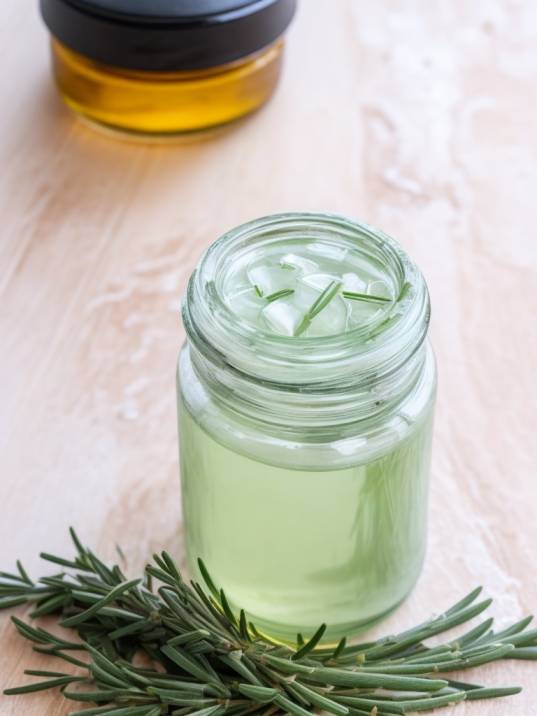
For those with fine hair seeking volume and thickness, this volumizing hair conditioner is a game-changer. Mix aloe vera gel, coconut oil, and a few drops of rosemary essential oil. Massage it into your scalp and hair, then wrap your head in a warm towel for 20 minutes before washing it out.
Soothing Hair Conditioner for Itchy Scalp
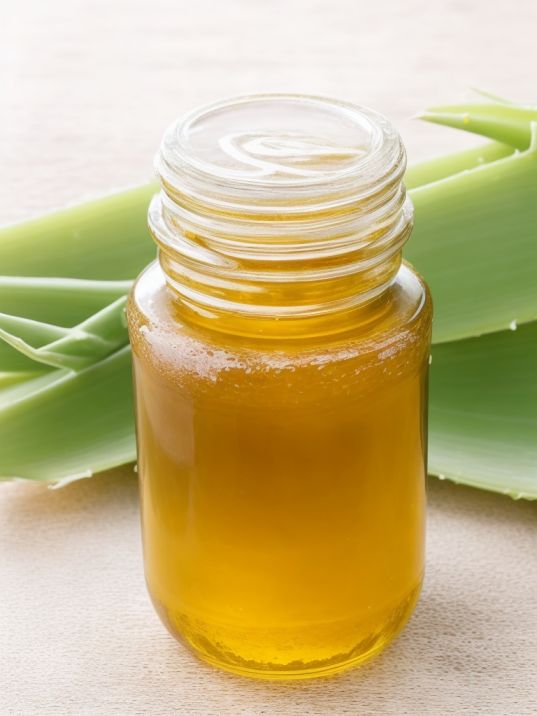
Soothe an itchy scalp and nourish your hair with this calming hair conditioner. Combine two tablespoons of aloe vera gel with a tablespoon of tea tree oil and a teaspoon of honey. Apply it to your scalp and hair, leave it on for 15 minutes, and rinse thoroughly.
Also Read-
How to Apply Homemade Hair Conditioners Properly
Proper application of homemade hair conditioners is essential to maximize their benefits and achieve healthier, more manageable hair. Follow these steps for effective and satisfying results:
- Shampoo Your Hair: Before applying the homemade hair conditioner, make sure to cleanse your hair thoroughly with a suitable shampoo. This step removes dirt, excess oil, and product buildup, preparing your hair to absorb the conditioner’s nutrients effectively.
- Prepare the Homemade Hair Conditioner: Mix your chosen homemade hair conditioner recipe well to ensure all ingredients are properly combined. Follow the measurements and instructions precisely to achieve the desired consistency.
- Dampen Your Hair: Gently towel dry your hair after shampooing to remove excess water. Your hair should be damp but not soaking wet. Applying conditioner to damp hair helps the product spread evenly and penetrate the hair shaft effectively.
- Section Your Hair: Divide your hair into manageable sections to ensure the even application of the conditioner. Use hair clips or hair bands to separate the hair into two or more sections, depending on its length and thickness.
- Start at the Ends: Begin applying the homemade conditioner at the ends of your hair and work your way up toward the roots. The ends are the oldest and most damaged part of your hair, so they need extra nourishment and moisture.
- Use a Wide-Tooth Comb: After applying the conditioner to a section of hair, use a wide-tooth comb to distribute the product evenly. This combing action helps detangle the hair and ensures that every strand is coated with the conditioner.
- Massage the Scalp: Once you have applied the conditioner to all sections of your hair, use your fingertips to gently massage the scalp. Massaging stimulates blood circulation, promoting hair growth and enhancing the absorption of nutrients.
- Allow the Conditioner to Set: Follow the specific instructions for the homemade hair conditioner recipe you’re using. Some conditioners may need to be left on for a few minutes, while others may require longer to work effectively.
- Rinse Thoroughly: After the recommended time has passed, rinse your hair thoroughly with cool or lukewarm water. Rinsing with cool water helps to seal the hair cuticles, locking in moisture and enhancing shine.
- Towel-Dry and Style: Gently pat your hair dry with a soft towel. Avoid rubbing, as this can cause frizz and damage. After towel-drying, you can style your hair as desired.
Pro tips:
- For an extra boost of hydration, you can cover your hair with a shower cap or a warm, damp towel while the conditioner sets.
- If your hair tends to be oily at the roots, avoid applying conditioner to the scalp and focus on the mid-lengths and ends instead.
- Depending on your hair type and the homemade conditioner recipe, you can adjust the frequency of conditioning (e.g., once a week or every few days).
By following these steps, you can ensure that your homemade hair conditioner is applied effectively, leaving you with nourished, healthy, and lustrous locks. Enjoy the benefits of natural hair care and flaunt your beautiful mane with confidence.
Precautions and Allergies: Before trying any new homemade hair conditioner, always conduct a patch test to check for allergies or skin sensitivities. This step ensures that your hair and scalp will react positively to the ingredients.
Frequently Asked Questions (FAQs)
Can I use homemade conditioners on colored or treated hair?
Absolutely! Homemade hair conditioners are gentle and safe for colored or treated hair, as they contain natural ingredients that won’t strip away the color.
How often should I use homemade conditioners?
You can use homemade conditioners as often as you like. For best results, consider applying the conditioner 1-2 times a week, depending on your hair’s needs.
Will using homemade conditioners make my hair greasy?
Not at all! Homemade conditioners are lightweight and easily absorbed by the hair, leaving no greasy residue behind.
Can I leave a homemade hair conditioner on overnight for better results?
Leaving a homemade hair conditioner on overnight is not recommended as it may lead to excessive buildup and make your hair greasy. Most homemade conditioners are designed to be left on for a specific duration, usually ranging from 15 minutes to an hour. Following the recommended time ensures optimal results without causing any adverse effects.
Can I store leftover homemade hair conditioner for future use?
It is generally best to prepare homemade hair conditioners in small batches for immediate use. Since they lack preservatives found in commercial products, storing homemade conditioners for extended periods may lead to spoilage or a reduction in effectiveness. If you do have leftovers, it’s safer to discard them and prepare a fresh batch next time.
Are homemade hair conditioners suitable for all hair types?
Yes, homemade hair conditioners can be customized to suit various hair types, including straight, curly, wavy, fine, thick, dry, or oily hair. By adjusting the ingredients in the recipes, you can cater to the specific needs of your hair, providing the right balance of moisture and nourishment.
How long does it take to see noticeable results from using homemade hair conditioners?
The time it takes to see noticeable results from using homemade hair conditioners can vary based on individual hair conditions and the frequency of use. Some individuals may experience immediate improvements in hair texture and manageability after the first application, while others may require consistent use for a few weeks to observe significant changes.
Can I combine multiple homemade hair conditioners together?
Yes, you can combine different homemade hair conditioners to create a personalized blend that addresses specific hair concerns. For instance, if you have dry and damaged hair, you may mix a moisturizing conditioner with a strengthening one for added benefits. However, ensure that the ingredients in both conditioners complement each other well.
Can I use homemade hair conditioners on colored or chemically treated hair?
Yes, homemade hair conditioners are generally safe for use on colored or chemically treated hair. In fact, their natural ingredients can be gentler on treated hair, preventing further damage and maintaining vibrant color. However, it’s essential to choose ingredients that are suitable for your specific hair type and follow any aftercare recommendations from your stylist.
Can I use homemade hair conditioners as a leave-in treatment?
Some homemade hair conditioners can be used as leave-in treatments, but it depends on the specific recipe and the ingredients used. Certain lightweight and non-greasy formulas can be left in the hair to provide continuous nourishment and protection throughout the day. However, others may be too heavy and could leave your hair looking oily or weighed down. Always check the recipe instructions and perform a patch test before attempting to use a homemade conditioner as a leave-in treatment.
Conclusion
Say farewell to lackluster locks and embrace the magic of homemade hair conditioners after shampooing. With these easy-to-make DIY recipes, you can enjoy healthier, shinier hair without the harmful chemicals found in commercial products. Unlock the secret to luscious locks the natural way, and watch as your hair transforms into the vibrant and beautiful mane you’ve always desired. So, why wait? Start pampering your hair with these homemade hair conditioners today!
